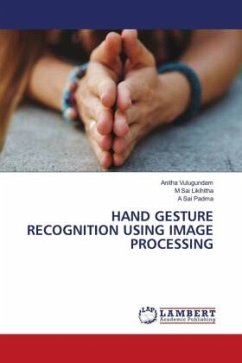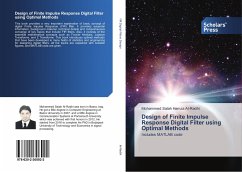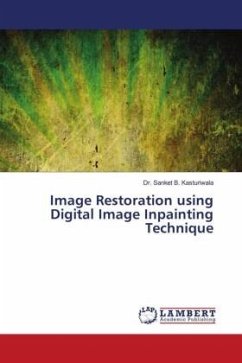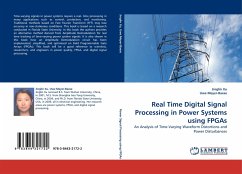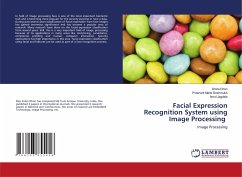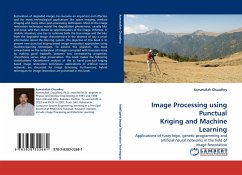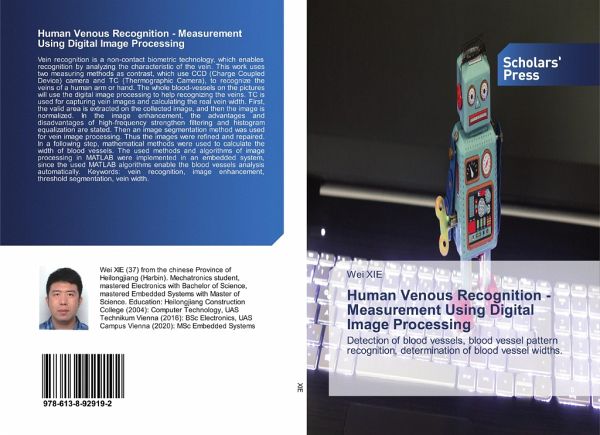
Human Venous Recognition - Measurement Using Digital Image Processing
Detection of blood vessels, blood vessel pattern recognition, determination of blood vessel widths.
Versandkostenfrei!
Versandfertig in 6-10 Tagen
40,99 €
inkl. MwSt.

PAYBACK Punkte
20 °P sammeln!
Vein recognition is a non-contact biometric technology, which enables recognition by analyzing the characteristic of the vein. This work uses two measuring methods as contrast, which use CCD (Charge Coupled Device) camera and TC (Thermographic Camera), to recognize the veins of a human arm or hand. The whole blood-vessels on the pictures will use the digital image processing to help recognizing the veins. TC is used for capturing vein images and calculating the real vein width. First, the valid area is extracted on the collected image, and then the image is normalized. In the image enhancement...
Vein recognition is a non-contact biometric technology, which enables recognition by analyzing the characteristic of the vein. This work uses two measuring methods as contrast, which use CCD (Charge Coupled Device) camera and TC (Thermographic Camera), to recognize the veins of a human arm or hand. The whole blood-vessels on the pictures will use the digital image processing to help recognizing the veins. TC is used for capturing vein images and calculating the real vein width. First, the valid area is extracted on the collected image, and then the image is normalized. In the image enhancement, the advantages and disadvantages of high-frequency strengthen filtering and histogram equalization are stated. Then an image segmentation method was used for vein image processing. Thus the images were refined and repaired. In a following step, mathematical methods were used to calculate the width of blood vessels. The used methods and algorithms of image processing in MATLAB were implemented in an embedded system, since the used MATLAB algorithms enable the blood vessels analysis automatically. Keywords: vein recognition, image enhancement, threshold segmentation, vein width.




